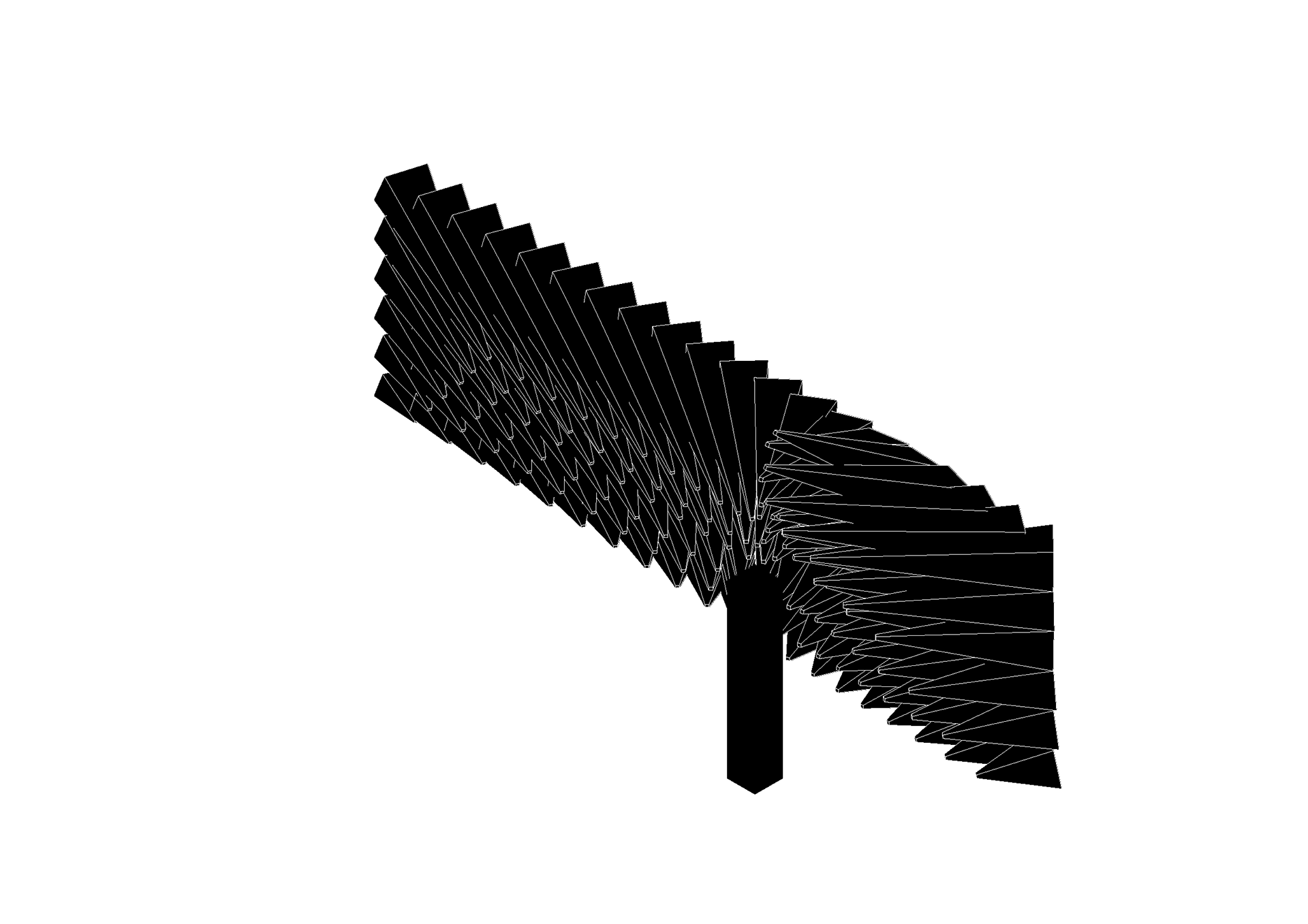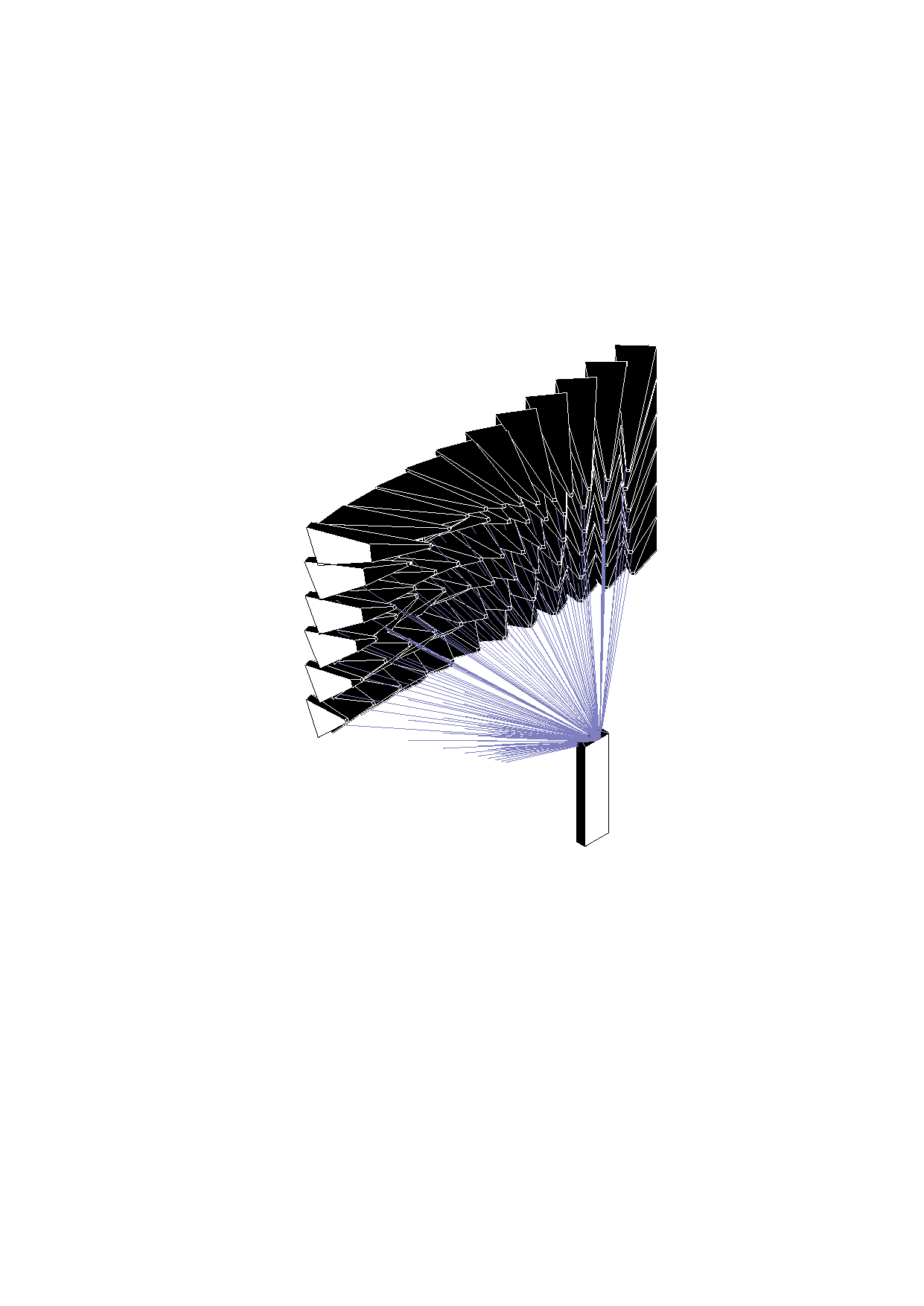This theory elective, “Danger of Defaults”, focuses on the study and application of the modeling software Revit and its counterpart Dynamo. Students delve into the program’s framework and create compositions through an understanding of “families,” “parameters,” and the methods Revit provides for modeling and controlling them. Through an exploitation of the biases and limitations, or the “defaults”, built into these programs, students create compositions by intentionally “misusing” the framework, allowing them to gain a deeper understanding of the program’s capabilities.
Two families were created for these compositions: a bendable curtain panel and an adaptive generic model. The thin rectangle curtain panel can be shaped by rotating its base via an instance parameter. The angles applied impact how the panel bends. The generic model is a single thin sheet molded by 15 points that can be moved to generate new forms. Importantly, these points move, or “adapt”, along with objects they are connected to. The lack of thickness in these sheets creates unique transparencies and overlapping issues in the Revit model space.
Combining the curtain panel and adaptive model families creates a system that allows control of the adaptive surface’s points via curtain panel rotations.
Four thin, color-coded surfaces are attached to different panels, resulting in a dynamic system of transparencies and overlaps that change with each new series of panel rotation inputs.
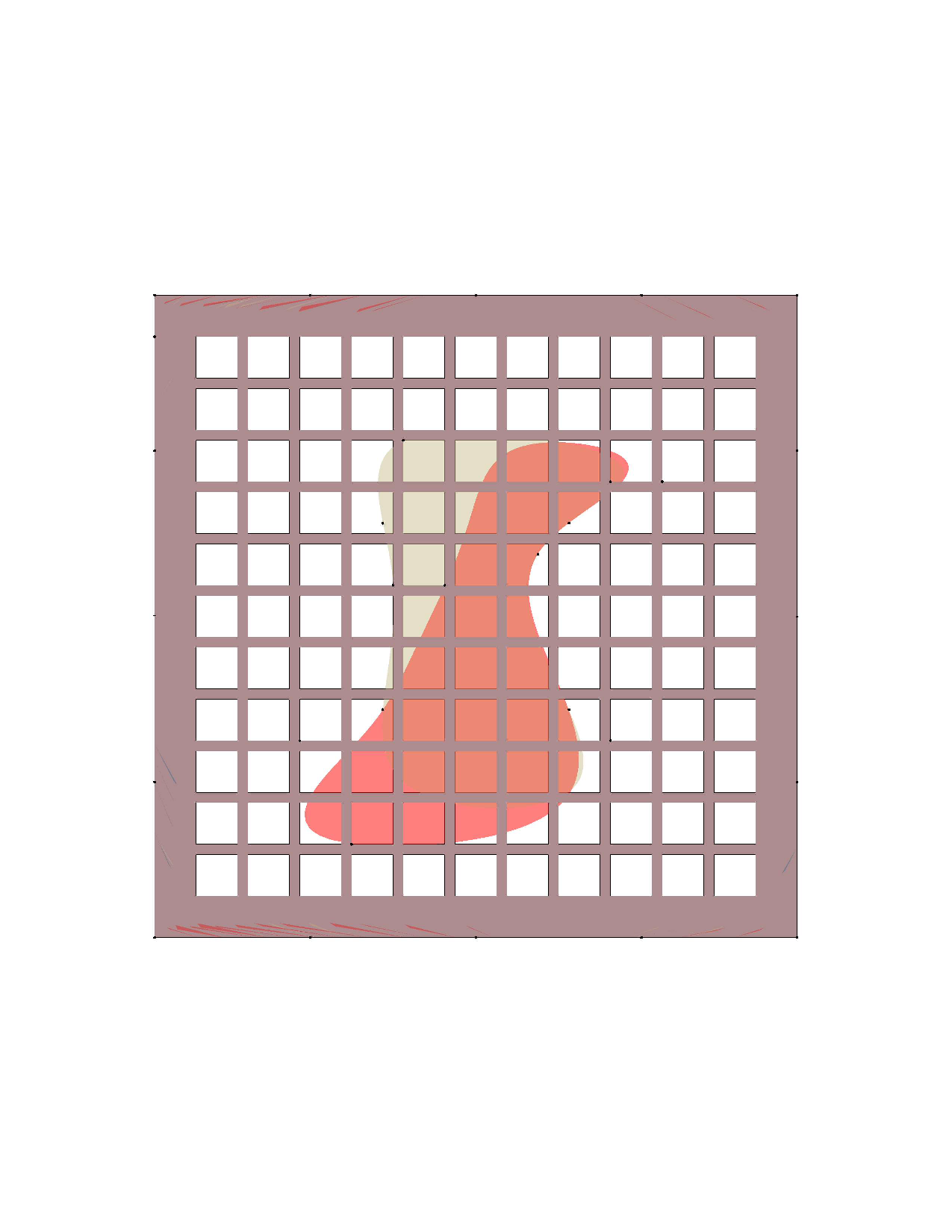
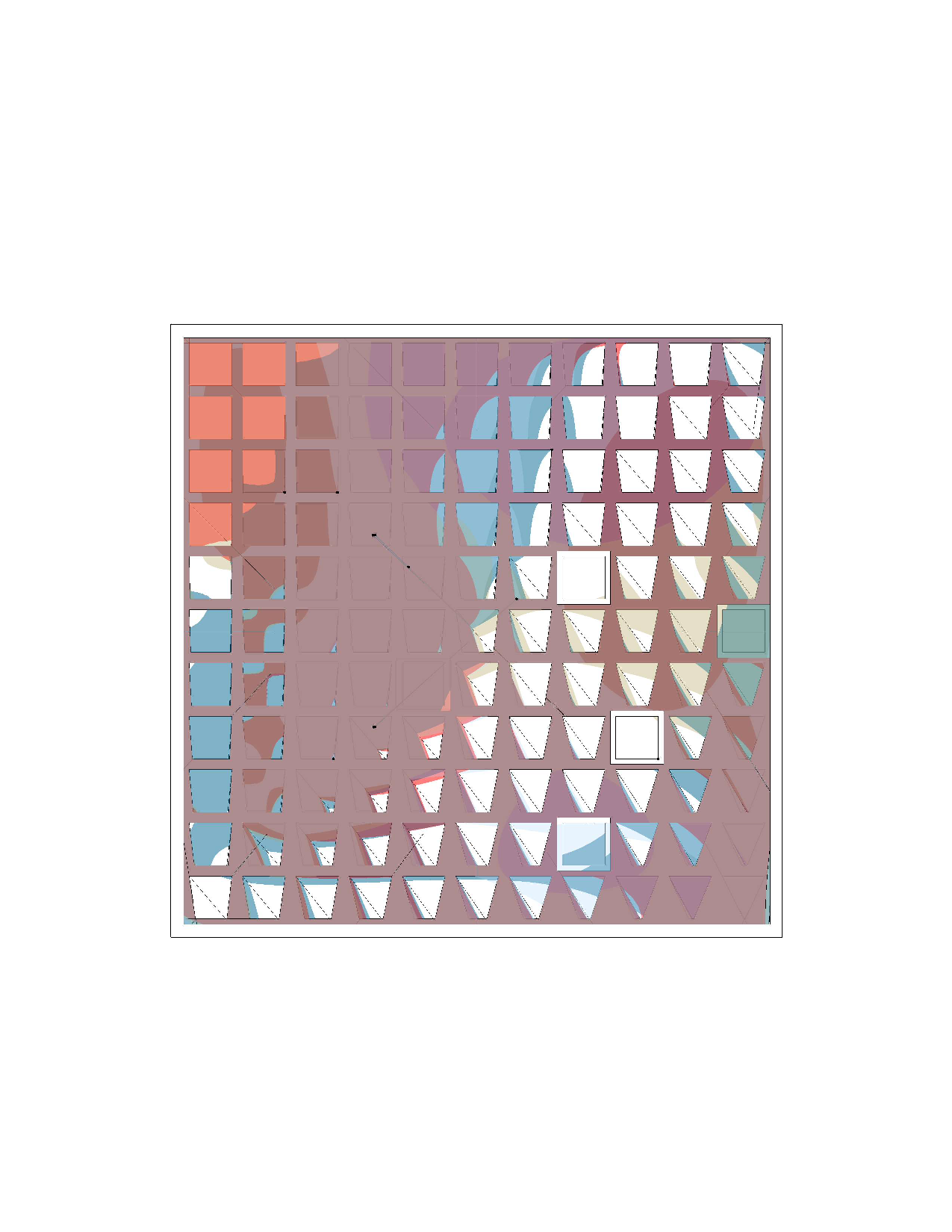
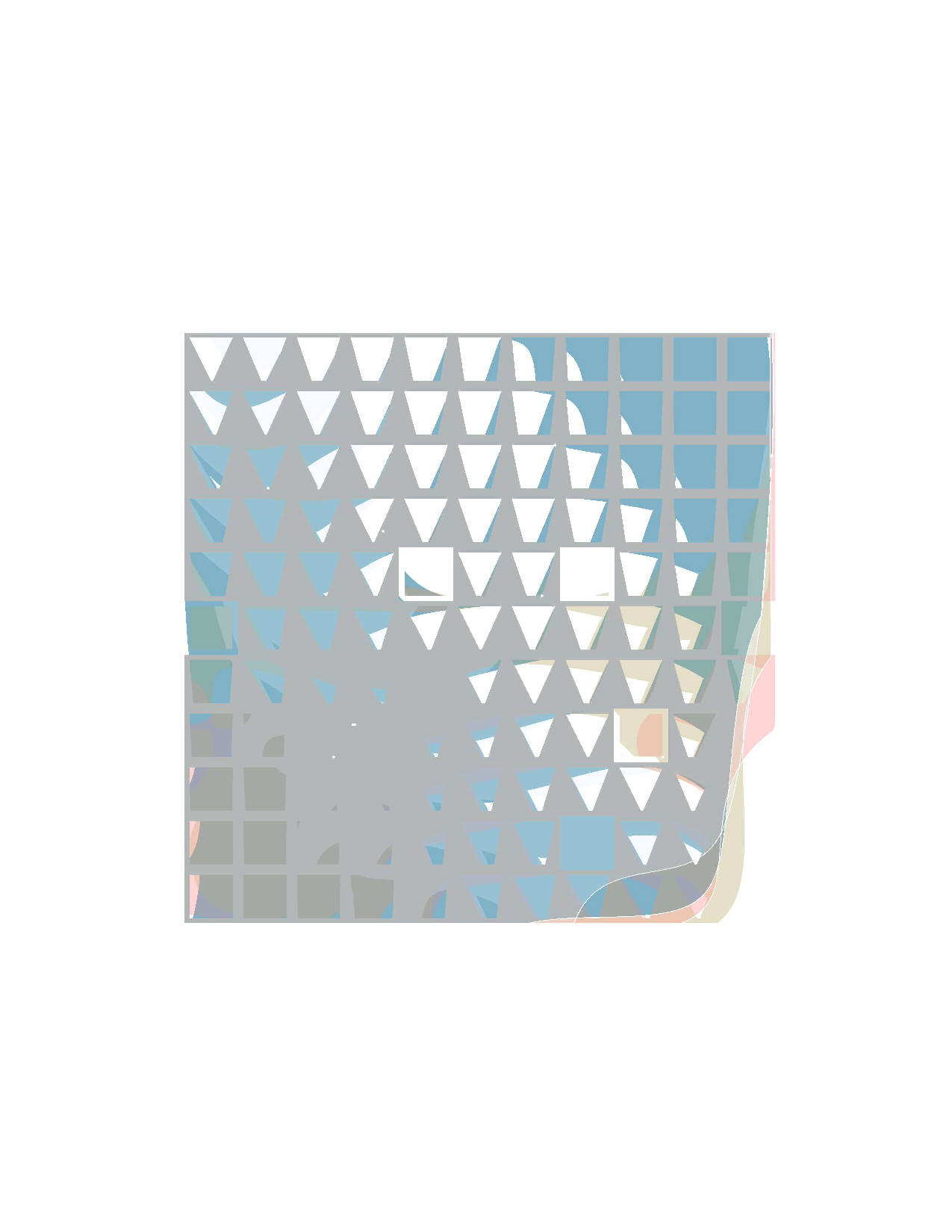

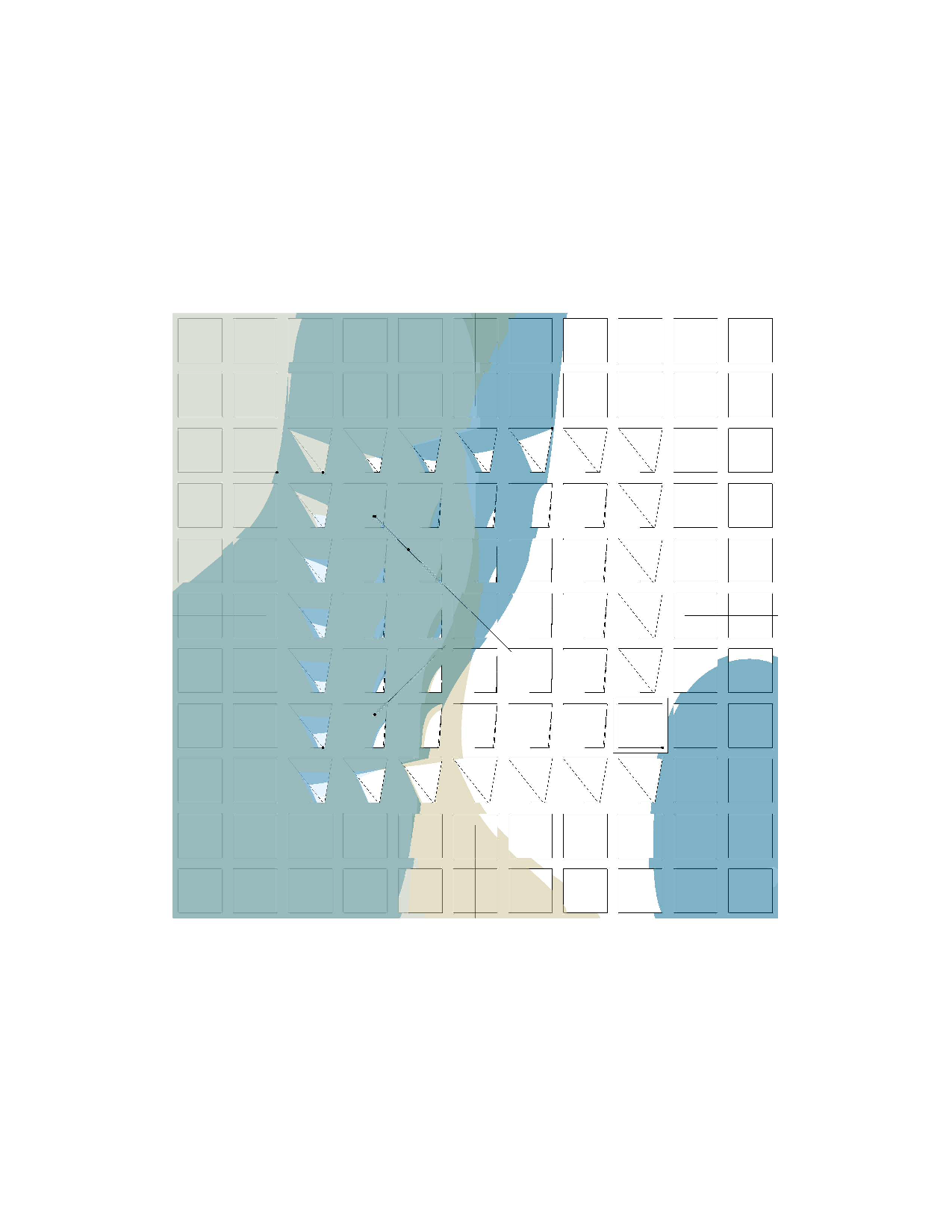
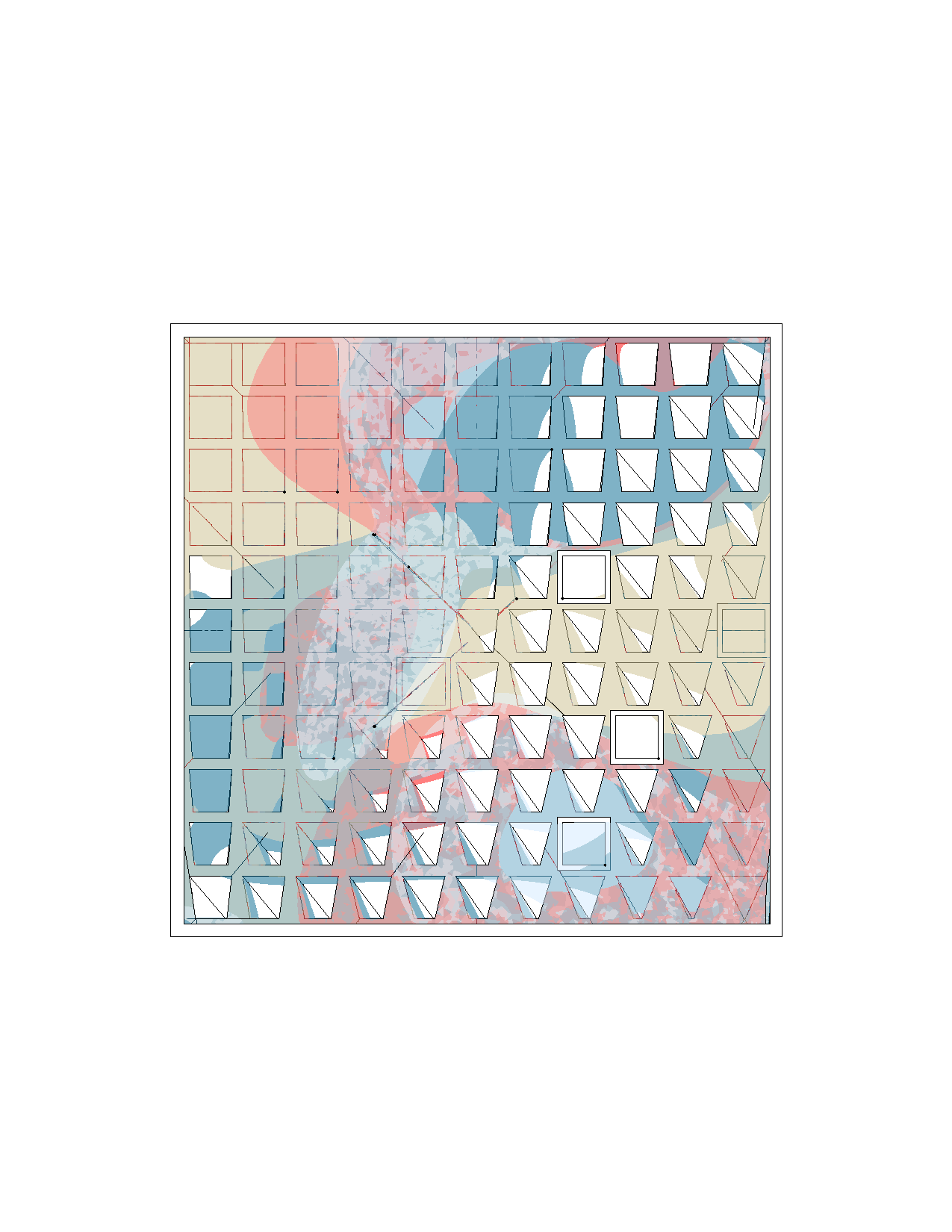

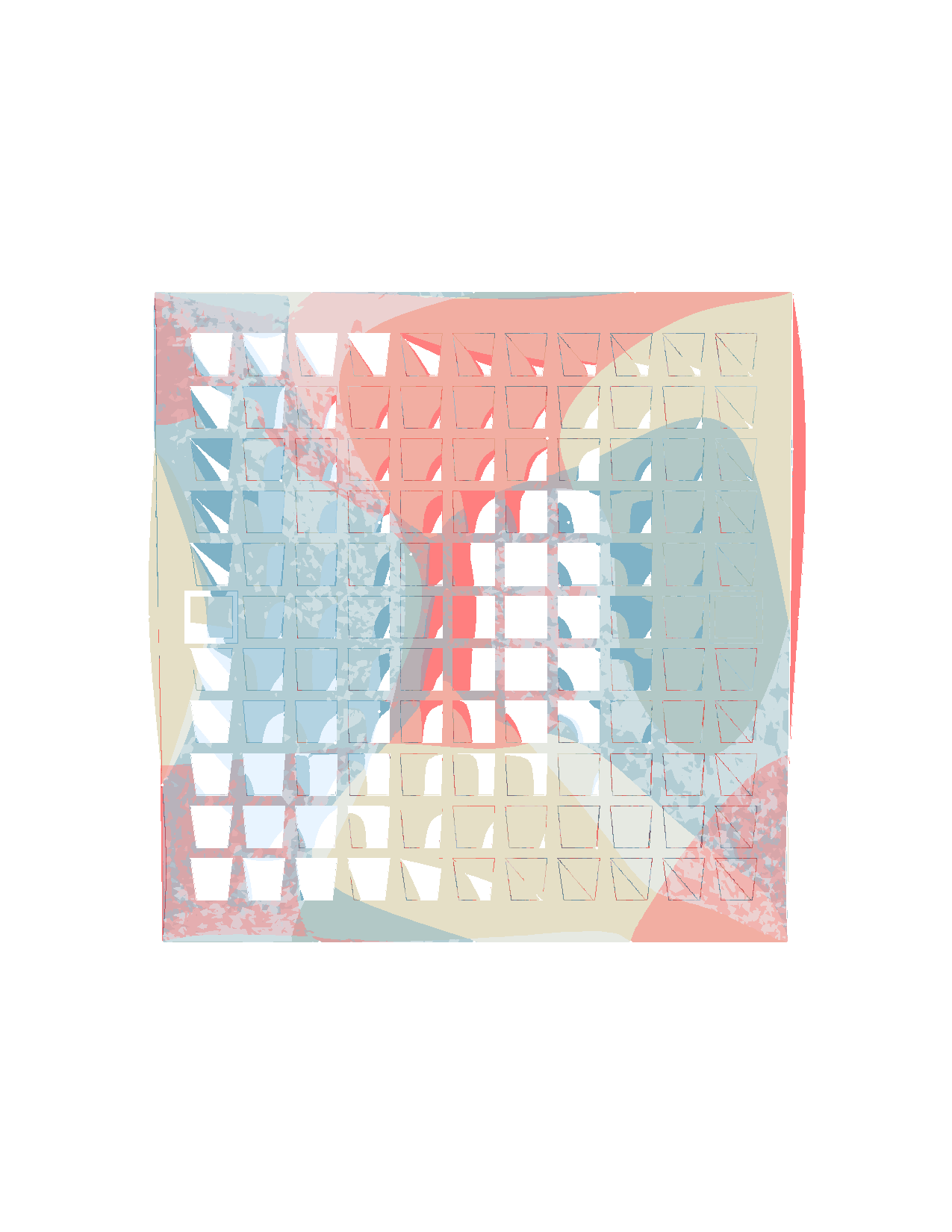

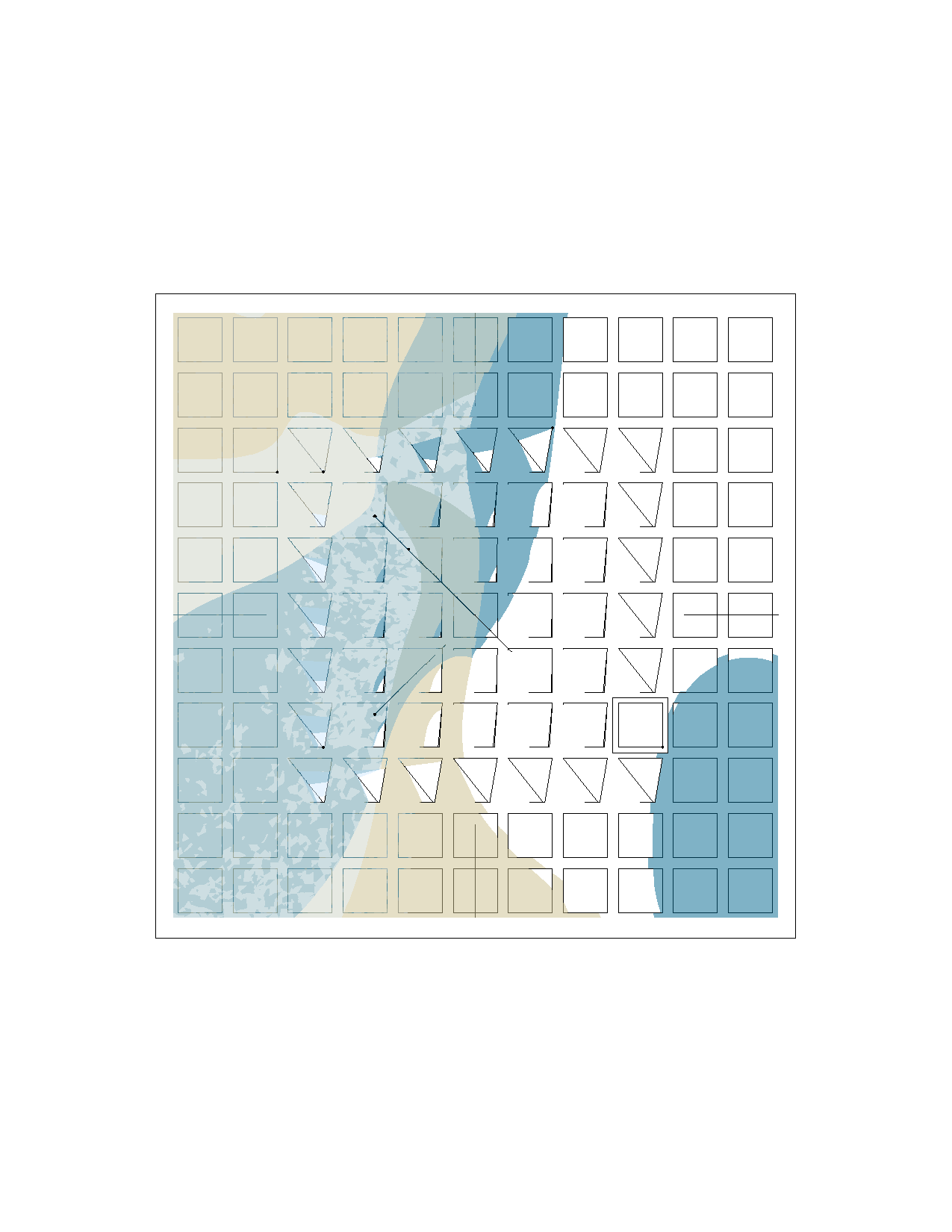
For these next compositions, a curtain panel family was created to function as a system of “pointers” on a large wall. These panels have a tapered rectangular prism shape, with adjustable parameters that control their “point.” The base and tip dimensions set the overall shape, while an instance parameter determines the length of the point. Additionally, two more instance parameters regulate the X and Y rotation, allowing for precise control over the direction of the point.

